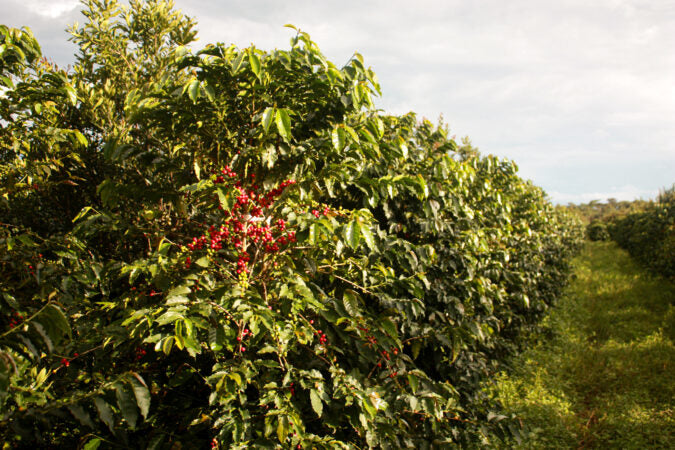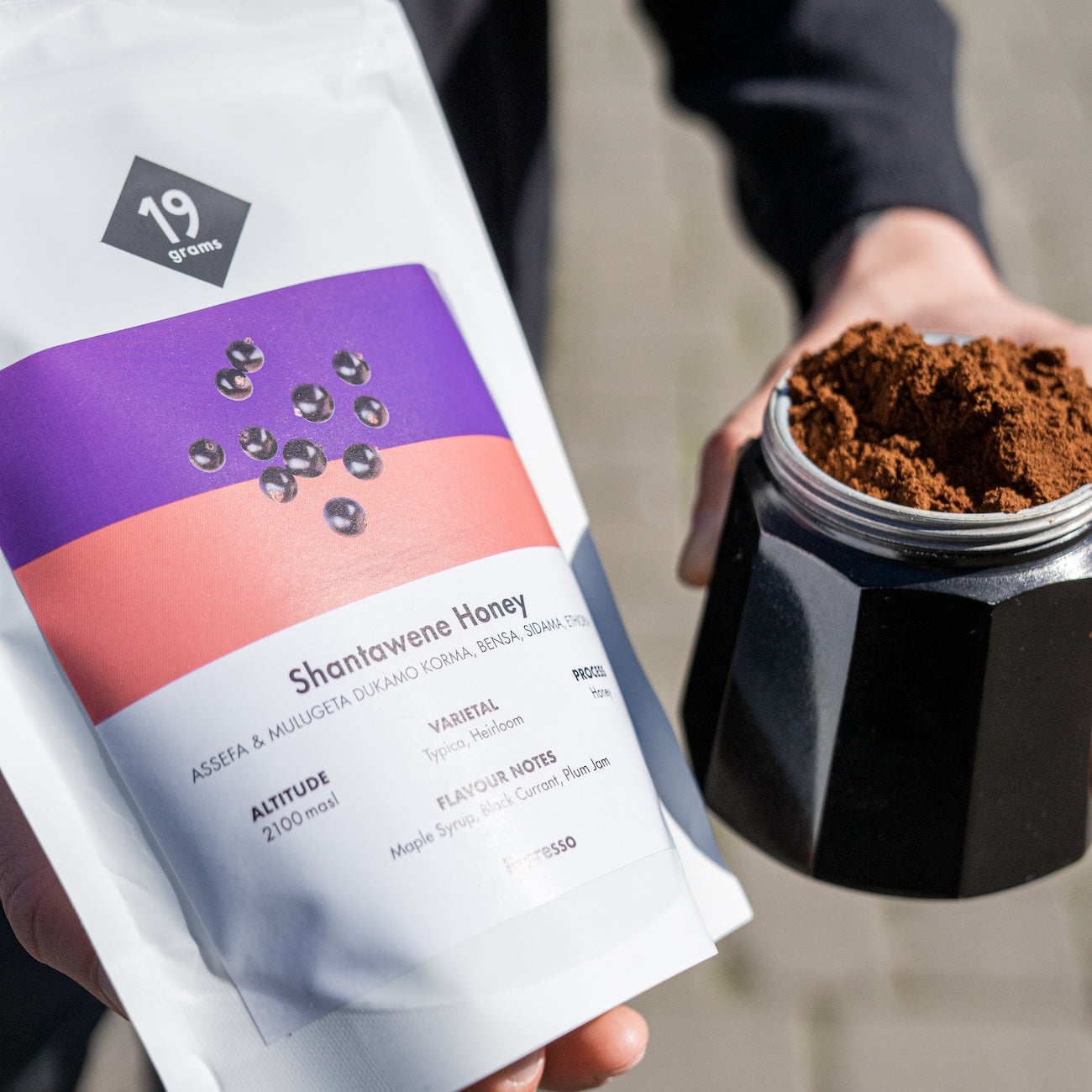A shade tree is a tree that provides shade for other plants and is also deliberately planted in tropical agriculture to protect the crops. In organic coffee cultivation in particular, mixed crops of coffee plants and shade trees are planted to protect the coffee plants from excessive sunlight. Not all shade trees are actually trees botanically speaking, as banana, grapefruit and avocado trees, for example, are often used as shade trees.
A shade tree not only serves to provide shade, but also brings other benefits. It loosens the soil, increases soil moisture and protects the coffee plants from wind and erosion. In addition, a shade tree at higher altitudes can even out the temperature differences between day and night. Thanks to the shade trees, there is a greater diversity of animals and plants on the plantations, which serve as natural protection against pests for the coffee plants. Together with the mulch of falling leaves and ground-covering plants, the shade trees also facilitate weed control.
Until about a hundred years ago, it was common practice to have coffee plants on plantations shaded by larger plants or trees - as wild coffee usually thrives in the shade. However, as technology advanced, more and more shade trees were cut down as they got in the way of the machinery used in coffee harvesting. Instead, coffee varieties that thrive without shade were bred and grown. Nowadays, however, ecology is playing an increasingly important role in coffee cultivation, and therefore shade trees are also being used more frequently again.
Shade trees are particularly important for organic coffee cultivation. They also offer economic advantages, for example through their natural pest and weed control as well as soil improvement. In such mixed crops, less fertiliser is needed than in highly industrialised coffee-growing systems, which reduces costs. Shade trees also reduce evaporation, so coffee plants need less irrigation.






